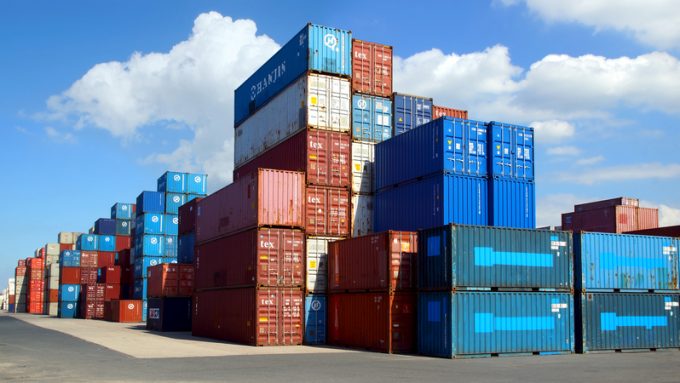OceanX Radar: Cooling down – trade wars mean no trade
… no news on deals is bad news on wheels

Asia-North Europe ocean carriers are preparing big increases in FAK rates next month, after squeezing capacity on the route with blanked sailings and a suspended loop.
Maersk has advised its customers that from 1 November, its FAK rates from Shanghai to North European ports would rise ...

Comment on this article
Jon
October 18, 2019 at 2:08 pmSeriously,
They are offer rates as low as 800 a hc on the spot market, it’s supposed to be peak season.
How can you increase the rate by over 100% on contracts .
Dream on maersk and other lines.
We have shares in maersk and what the line puts out and what you get are two different things.
Got to keep the share holders happy . False reporting